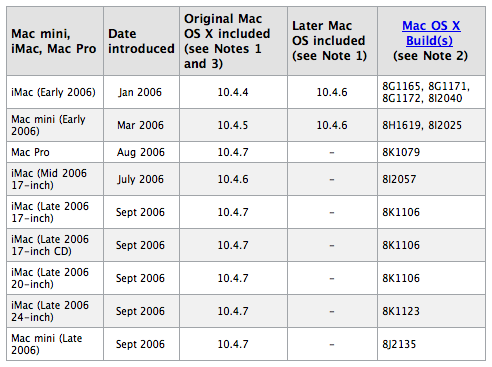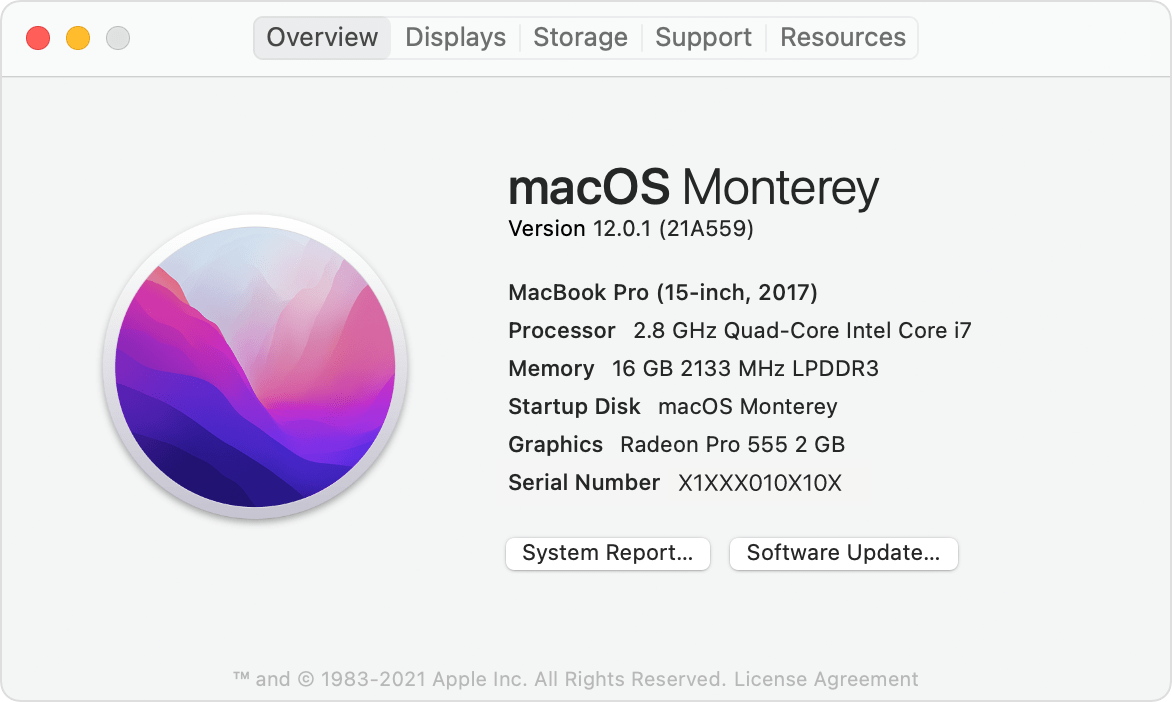

Mac OS 9.x was a steady evolution from Mac OS 8. However, in most significant respects, System 8 was not very different from System 7.x. There were some other interface changes such as separating network features from printing (the venerable, and rather odd Chooser was at last headed for retirement), and some improvements to application switching. Mac OS 8 also saw the introduction of an updated version of HFS, HFS+, which fixed many of the limitations of the earlier system - in fact it is still in use today on Mac OS X. This was provided by a new "appearance" API layer within the OS, one of the few significant changes. The GUI was changed in appearance to a new greyscale look, and the ability to change the appearance (a.k.a "skins") was added with a new control panel. 8.0 added a number of features from the stillborn Copland project, while leaving the underlying operating system unchanged. Mac OS 8.x was very much a stop-gap version which was brought out to try and keep the Mac OS moving forward during a very trying time for the platform.

Instead the new 7.x OS's included a huge number of "high level" additions, considered by some observers to be less well thought out than they might have been.Īlthough the name was changed to 8.x and 9.x over its history, the OS remained basically the same internally.

MAC OS VERSIONS UPGRADE
System 7 was a major upgrade to the Mac OS, but the core of the OS remained the same as in prior versions.
MAC OS VERSIONS CODE
Code that assumed the 24 + 8 bit addressing was "not 32-bit clean" in Apple's words, and developers were required to excise such assumptions from their code. This was a neat solution on the earlier Macs with their very limited amounts of RAM, but became a liability later. Earlier systems used the lower 24 bits for addressing, and the upper 8 bits for flags. It also moved the Mac to true 32-bit memory addressing - necessary with the ever increasing amounts of RAM available. System 6 consolidated the previous releases into a much more complete and stable operating system. MultiFinder had been released with earlier systems, but the 6.x systems were the first to make it official and widely used. Time was given to the background applications only when the foreground (or "running") applications gave it up ( cooperative multitasking), but in fact most of them did via a clever change on the OS's event handling. System 6 added MultiFinder, an add-on replacement for the Finder which could run several programs at once.
MAC OS VERSIONS SOFTWARE


 0 kommentar(er)
0 kommentar(er)
